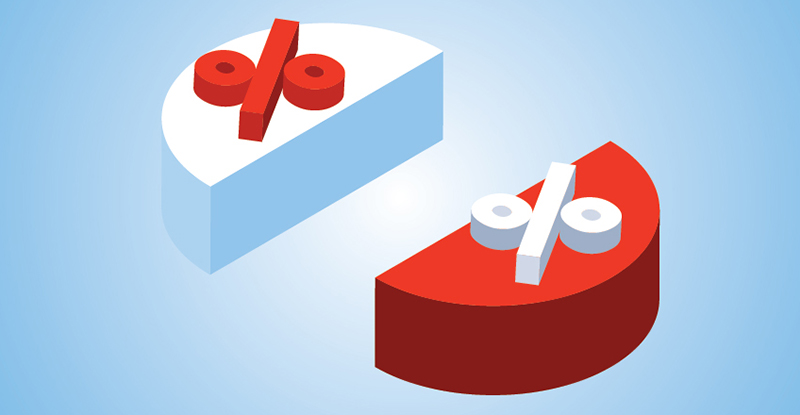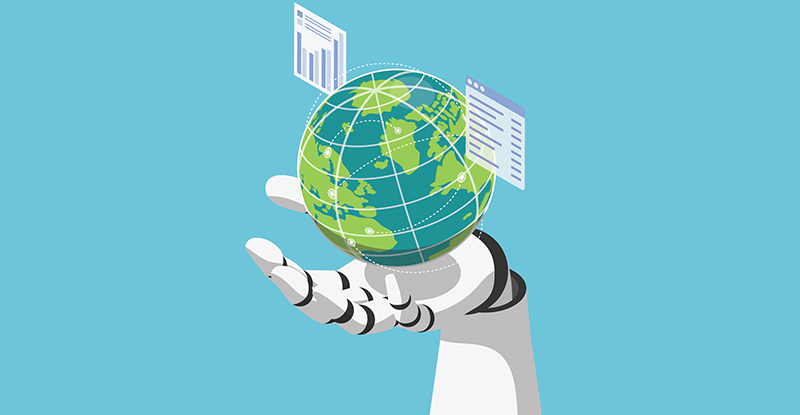
In her poem, “The Arrival of the Bee Box,” Sylvia Plath writes: “The box is only temporary.”1 While Plath was referring to beekeeping, the same can be said for the nature of the current BC PST Rebate on Select Machinery and Equipment—it’s only temporary.
The provincial government added this temporary BC PST rebate to its roster of COVID-19 tax incentives and benefits in March 2021.2 Since then, the BC Ministry of Finance (the Ministry) has continued to update its webpage on the temporary rebate as additional details have become available. For instance, the Ministry has provided the public with a good amount of detail on who is eligible to apply,3 included descriptions of eligible asset classes with major exceptions, added purchase schedule samples, expanded on examples of affixed machinery, detailed some transitional rules, and updated its information on program extensions, the number of applications permitted, and deadlines.
Still, the processes of determining the eligibility of certain assets and applying for the rebate can be time-consuming, so this article looks at some additional nuances to consider when evaluating whether or not to claim the rebate.
Understanding the parameters of the rebate
The BC PST Rebate on Select Machinery and Equipment, which covers PST paid between September 17, 2020, and March 31, 2022,4 has a somewhat puzzling name, as it does not apply only to machinery and equipment. As a result, some entities that could benefit from the rebate may not even realize their purchases are eligible. Additionally, not every piece of machinery and equipment is eligible.
The determinations are made by capital cost allowance (CCA) classes, as outlined in the Income Tax Act. If a capital asset falls into Class 8, 10, 12, 16, 43, 43.1, 43.2, 46, 50, 53, 54, or 55, it may be eligible for the BC PST rebate, albeit with some exceptions. For example:
- Many types of vehicles can be added to Class 10, but only zero-emission vehicles are eligible for the rebate; and
- Higher-ticket capital items that fall under Class 1 (buildings) and Class 13 (leasehold improvements) are left out of the rebate entirely.
Another consideration: Common to any tax incentive program, no double dipping is allowed. As such, any paid PST that is eligible to be refunded through the production machinery and equipment exemption cannot be claimed in this rebate. Furthermore, purchasing affixed machinery does not mean the asset is automatically eligible for the rebate, as not all sales of affixed machinery are made on a PST-taxable basis. For example, when a taxpayer purchases a piece of equipment with installation services included, the vendor generally doesn’t charge PST.
Another important distinction is that an eligible purchase must be made on account of capital. Any purchases flowing through the income statement are not eligible for the BC PST rebate.
Preparing for filing
Applications must be completed online via the eTaxBC portal by September 30, 2022.5 Up to three applications can be made per incorporated business until that time. The application can only be submitted by a director or an employee with delegated signing authority.
Several different pages must be filled out to complete the application. Each must be completed in turn before the next page will become available. The first few screens are for reminders, attestations, and basic corporate information. The fourth screen involves entering totals by CCA class—specifically, the total eligible amount on which PST is calculated and the PST paid. If zero-emission vehicles are being included in the claim, more details must be entered.
Then comes banking information for Canadian corporations, followed by a page for uploading all attachments (ideally in PDF format). This part of the process may seem repetitive, given that so much information has been provided by this point. But the Ministry wants to see the proof of purchase and PST paid, which means including copies of invoices and cancelled or processed cheques. If no processed cheque is available, then a bank statement showing the cheque clearing or a copy of a credit card statement will be required.
Gathering all this supporting documentation can be quite onerous, especially for those who are inclined to strike out non-relevant items on bank or credit card statements. Moreover, it may be unclear what to submit in situations where documentation is limited, such as when PST has been paid via an intercompany journal entry.
The final page in the application process summarizes the entered information and requests certain certifications and acknowledgments (e.g., that PST was paid and not refunded, that the application may be subject to an audit, etc.), which includes some repeat confirmations from the initial application screens.
Considering the cost benefit
The final filing deadline will be here before long and, as described above, it can take some time to sift through the data, gather the supporting documentation, and complete the application.
Admittedly, there are pros and cons to claiming the BC PST Rebate on Select Machinery and Equipment. This is a generous rebate from the Ministry if an incorporated business is in the right place at the right time. If a sole proprietor is thinking of incorporating, they may consider doing so to benefit from the temporary rebate. If an incorporated business is opening up a brick-and-mortar store or a restaurant and filling it with capital assets (like display units or kitchen equipment), it will likely be well worth the effort to submit an application.
Unfortunately, one of the biggest drawbacks to the rebate is the time it takes to identify the eligible PST that has been paid, as PST is not accounted for separately in the normal data entry procedures for purchases. In the case of setting up a storefront or restaurant, for example, there would not be any PST on most services used, such as design or architectural services or installation services that were provided with purchases of affixed machinery. Adding to the puzzle, CCA classification and specific delivery dates need to be considered for the refund to be applicable.
On a positive note, some eligible PST is easily identifiable, such as self-assessed PST. For example, computer hardware and software are eligible for the rebate and they often require self-assessment.
As highlighted by the Ministry in September 2021,6 the big winners are small to medium-sized businesses, with the largest refunds going to construction companies, followed by transportation and retail companies.
Time will tell
The Nobel prize-winning economist Milton Friedman famously said, “Nothing is so permanent as a temporary government program.”7 While we have already been given a six-month extension to the BC PST Rebate on Select Machinery and Equipment, we’ll have to wait and see whether permanence is in the offing.
Author
Katherine Reinhardt, CPA, CA, is a manager in indirect tax services with Deloitte LLP in Vancouver, where she focuses on GST/HST and PST consulting and advisory services. She would like to thank Elizabeth Peon Valle and the rest of the indirect tax services team for their support. Photo by Melissa Mungall.
This article was originally published in the January/February 2022 issue of CPABC in Focus.



